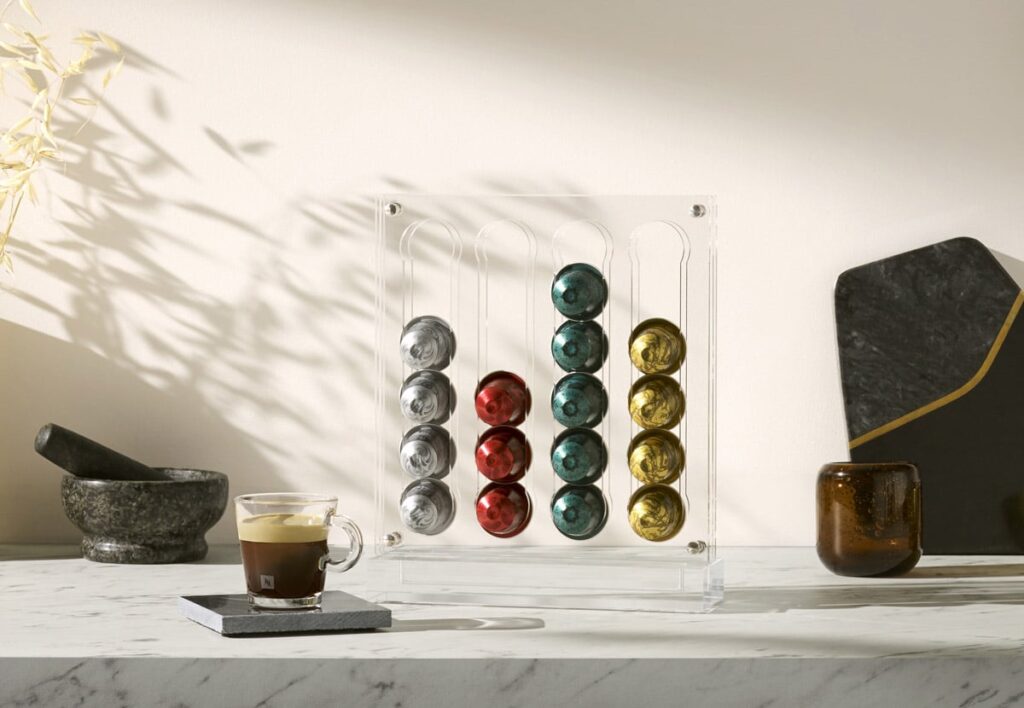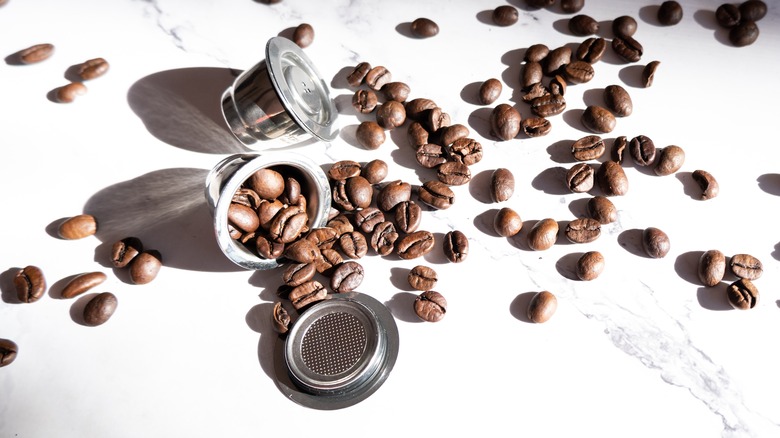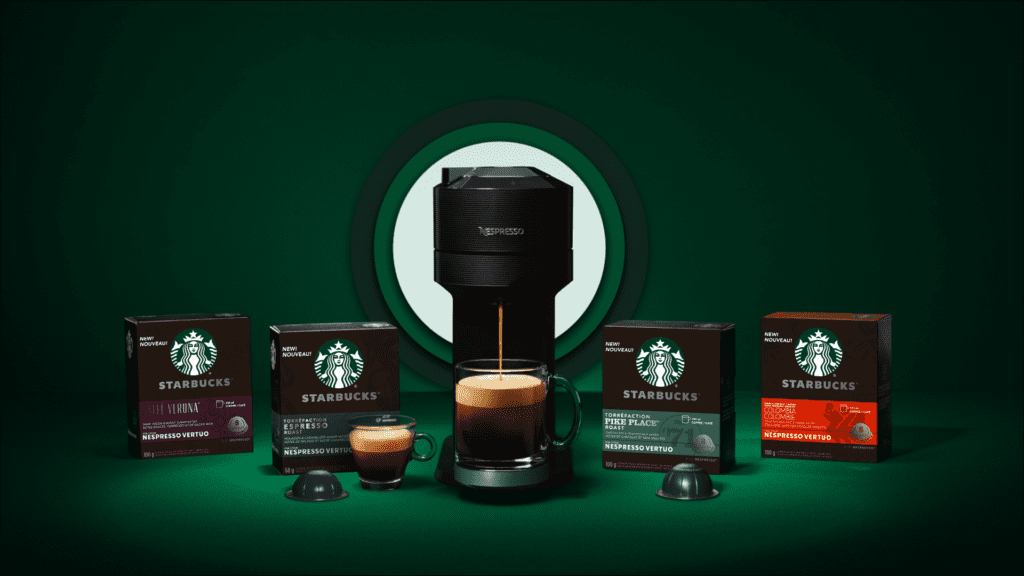Maintaining your espresso machine is crucial for achieving consistently great-tasting coffee and ensuring the longevity of your equipment. One of the most essential maintenance practices is backflushing. For many coffee enthusiasts and café owners, the question often arises: when to backflush your espresso machine?
This guide will answer all your questions, provide a detailed explanation of the backflushing process, and share expert tips to help you keep your machine in pristine condition. Written by JL Surjan, a seasoned expert in espresso equipment, this guide from espressoandmachines.com will establish the right routines to prevent buildup and maintain peak performance.
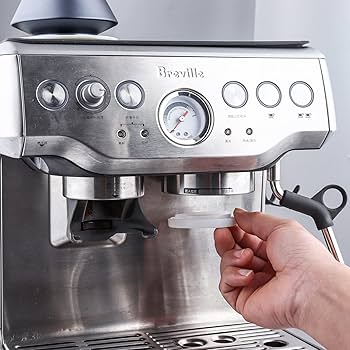
What Is Backflushing and Why Is It Important for Your Espresso Machine?
Backflushing is a cleaning method designed specifically for espresso machines with a three-way valve. It involves using a blind basket and a cleaning solution to force water and detergent through the machine’s group head. This process removes coffee oils, residues, and other debris that accumulate over time. Neglecting to backflush can lead to poor-tasting coffee and potential damage to the machine’s internal components.
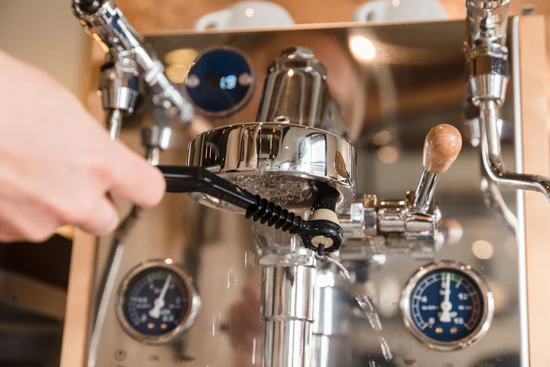
Understanding the Backflushing Process
- Backflushing typically involves running a cycle where water and detergent are pushed backward through the group head, effectively flushing out contaminants.
- The three-way valve is key here, as it directs water flow away from the coffee grounds, allowing the cleaning solution to circulate and dislodge any buildup.
The Benefits of Regular Backflushing
- Prolonged Machine Lifespan: Regular backflushing can significantly extend the life of your espresso machine by preventing clogs and reducing wear on internal parts.
- Consistent Coffee Quality: A clean machine ensures that every shot of espresso maintains its intended flavor profile, without being tainted by old coffee oils or residues.
- Improved Efficiency: Backflushing clears out blockages, ensuring your machine operates at its full capacity, with optimal pressure and temperature control.

Signs That Indicate It’s Time to Backflush Your Espresso Machine
Knowing when to backflush your espresso machine can prevent unnecessary downtime and maintain the quality of your coffee. Here are some telltale signs that it might be time to run a backflush cycle.
Taste Changes in Espresso
- A sudden change in your coffee’s taste—especially if it becomes bitter or lacks complexity—can be a sign that your machine needs cleaning. Residual oils and old coffee grounds can negatively impact the flavor, leading to a poor cup of espresso.
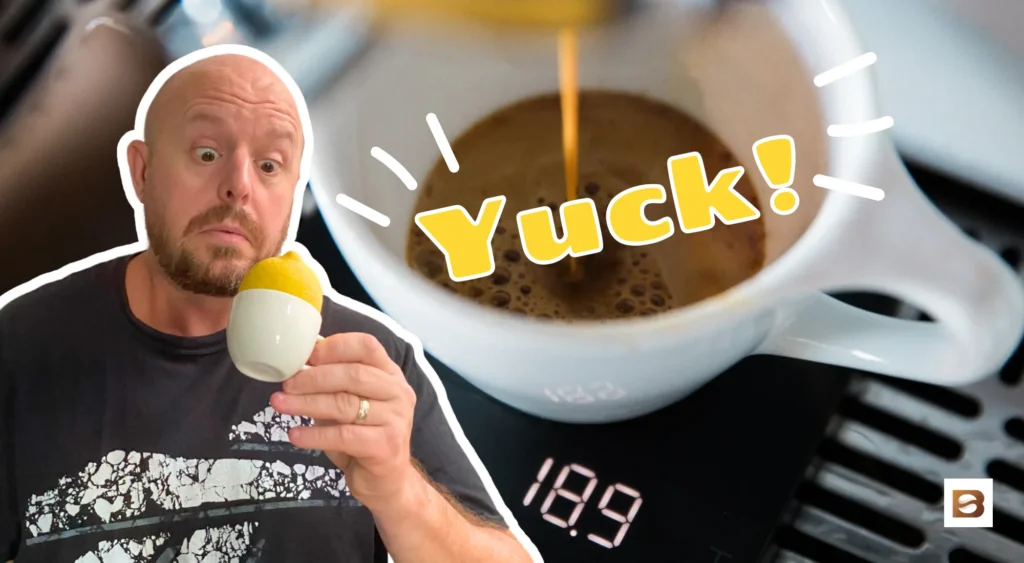
Decreased Pressure During Brewing
- If your espresso machine starts exhibiting lower brewing pressure, it could be due to internal clogs in the group head. Backflushing can clear these obstructions, restoring your machine’s performance to normal.
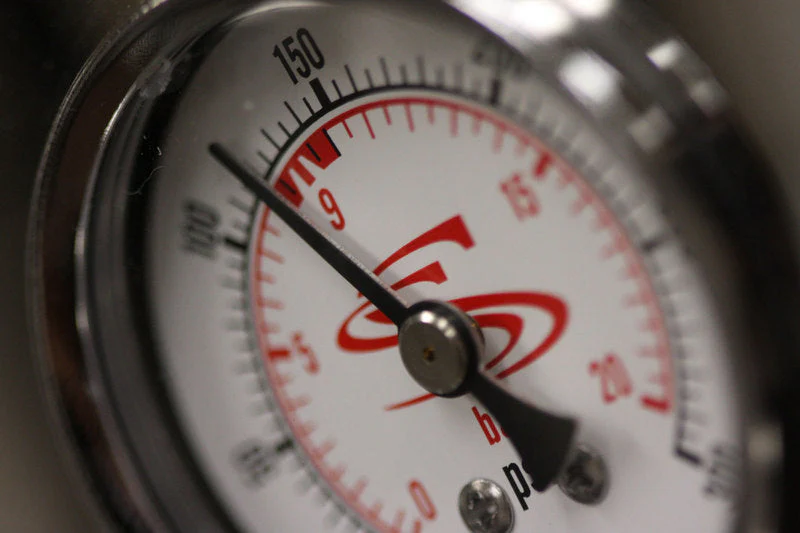
Visible Residue on Group Heads or Portafilter
- Over time, you may notice visible coffee grounds or grime around the group head or in your portafilter basket. These are clear indicators that your machine is overdue for a backflush.
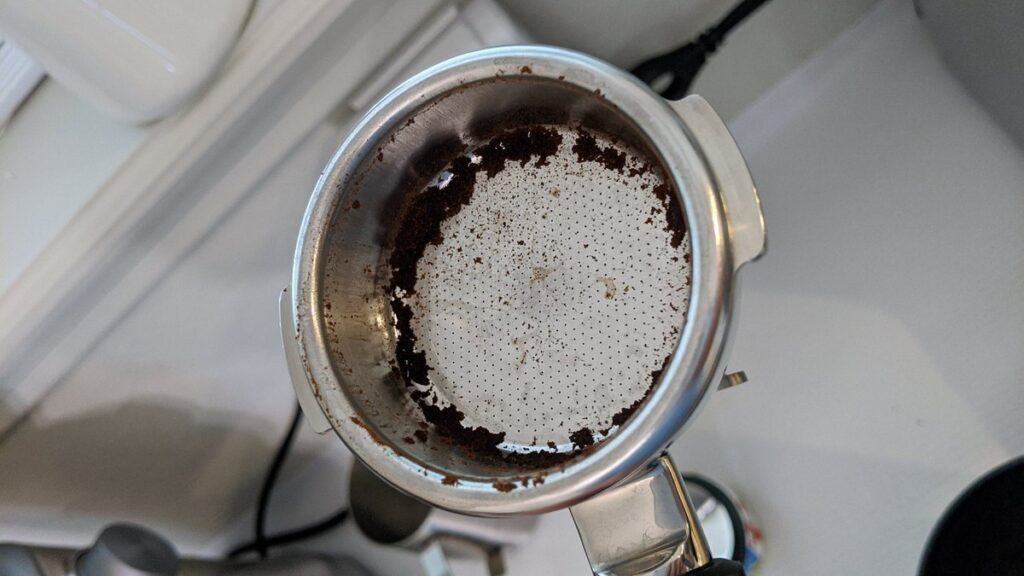
How Often Should You Backflush Your Espresso Machine?
The frequency of backflushing depends on your machine’s usage and whether you’re using it in a commercial or home setting. Let’s explore the ideal maintenance schedules to ensure your machine remains in top condition.
Daily Backflushing for Commercial Machines
- In a high-use environment like a café, backflushing should be performed daily. This routine maintenance ensures that the group head and internal valves remain free from buildup, providing consistent espresso quality and reducing the risk of malfunctions.
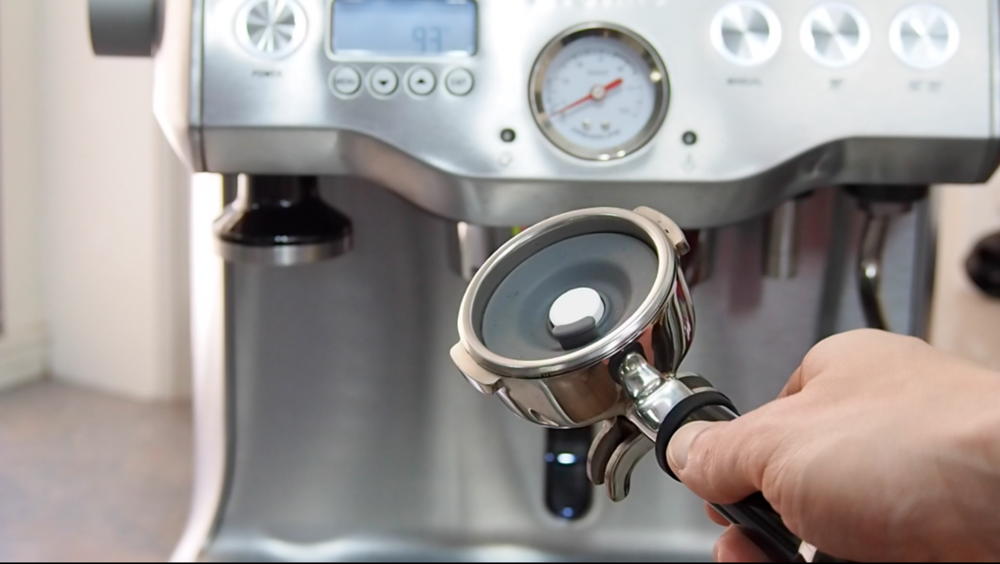
Weekly or Monthly Backflushing for Home Machines
- For home users, weekly or monthly backflushing is typically sufficient, depending on how frequently the machine is used. For those who brew espresso multiple times a day, consider a weekly routine. If your machine only sees occasional use, monthly backflushing should suffice.
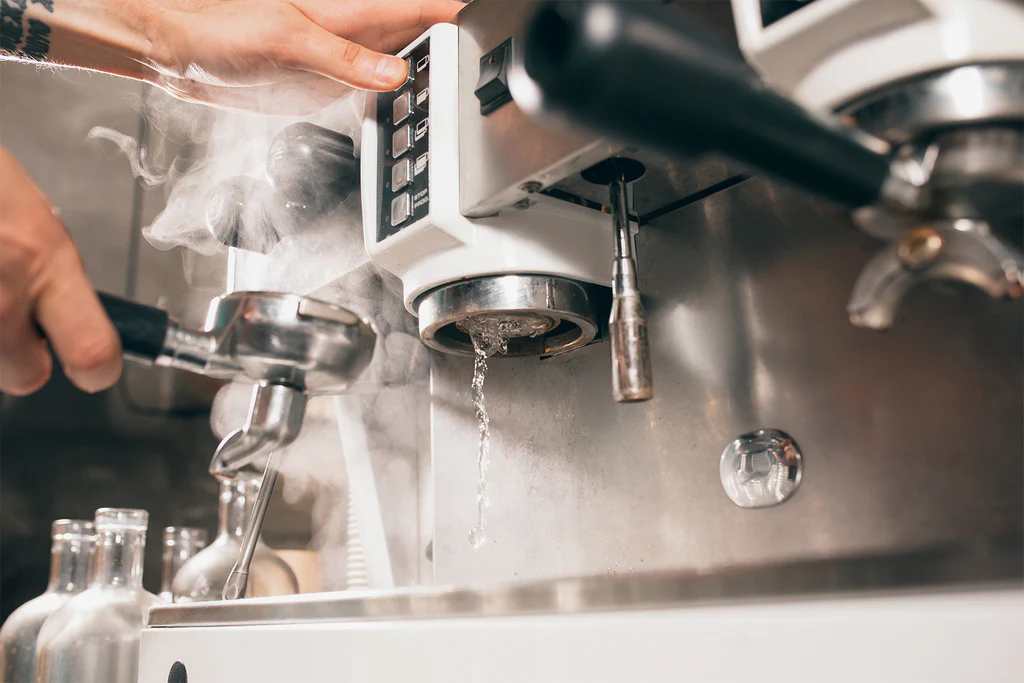
Step-by-Step Guide: How to Backflush Your Espresso Machine
Backflushing might seem intimidating, but it’s a straightforward process once you’re familiar with the steps. Follow this comprehensive guide to ensure a thorough and safe cleaning.
Required Tools and Supplies for Backflushing


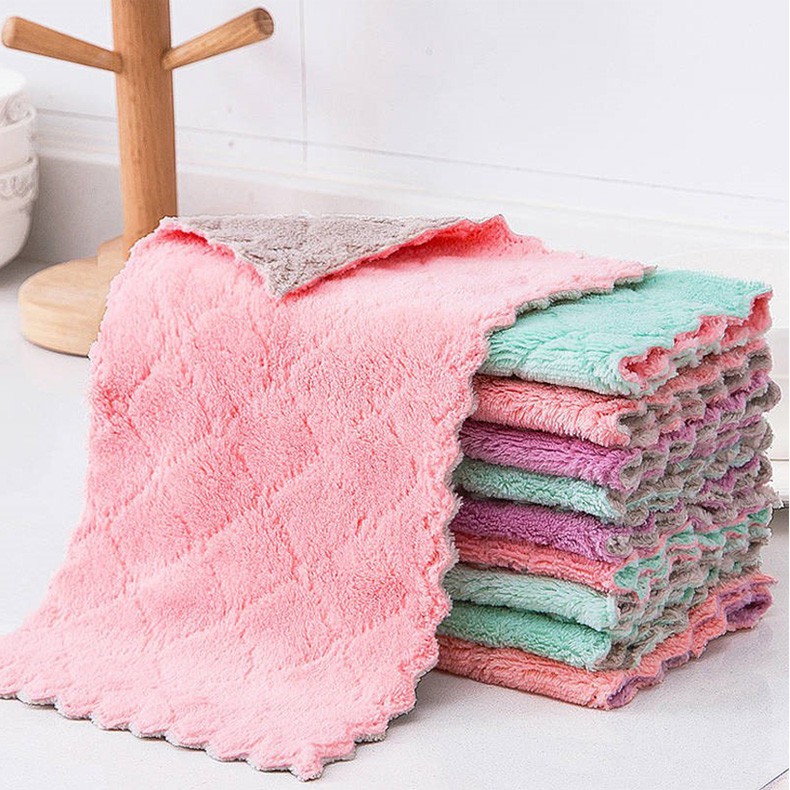
- Blind Basket or Cleaning Disk: A key component that blocks the flow, allowing the solution to circulate.
- Espresso Machine Cleaning Solution: Use a professional-grade cleaner to ensure effective removal of coffee oils.
- Soft Cloth: For wiping down surfaces after the cleaning.
Step 1: Prepare the Machine and Tools
- Begin by turning off the espresso machine and ensuring that it’s cool to the touch. Gather your cleaning supplies, including the cleaning solution and blind basket.
Step 2: Insert the Cleaning Disk or Blind Basket
- Replace your regular portafilter basket with a blind basket or a dedicated cleaning disk. This will prevent water from flowing out, forcing it through the group head’s internal channels.
Step 3: Use the Cleaning Solution
- Add the recommended amount of cleaning detergent to the blind basket. Be sure to follow the manufacturer’s instructions for dosage, as using too much or too little can affect the outcome.
Step 4: Run the Backflushing Cycle
- Turn on the machine and run the pump for about 10 seconds. Pause for a few seconds, then repeat the process several times. This cycle will create pressure that pushes the cleaning solution through the machine, dislodging any buildup.
Step 5: Rinse Thoroughly
- After the cleaning cycle, remove the portafilter and rinse the group head by running several short water flushes without detergent. This step ensures that no traces of the cleaning solution are left behind.
Common Mistakes to Avoid During Backflushing
While backflushing is a simple procedure, there are some common mistakes that can lead to less effective cleaning or even damage your machine.
Using Too Much or Too Little Cleaning Detergent
- Overusing detergent can leave a residue that’s difficult to rinse out, while underusing it may not adequately clean the machine. Always measure the correct amount.
Skipping Backflushing for Long Periods
- Skipping backflushing for weeks or months can lead to a significant buildup of coffee oils and debris, making it harder to clean and potentially causing long-term damage.
Using the Wrong Type of Blind Basket
- Make sure you’re using a blind basket that’s compatible with your specific machine model. An ill-fitting basket can reduce the effectiveness of the cleaning process.
FAQ: Backflushing Espresso Machines
Addressing common questions about backflushing can help clarify its purpose and best practices.
What Happens If You Don’t Backflush Regularly?
If you neglect backflushing, coffee oils and residues will accumulate, leading to poor-tasting coffee and potentially clogging the machine’s internal components.
Can I Use Vinegar Instead of a Professional Cleaner?
It’s not recommended to use vinegar, as it doesn’t have the same cleaning properties as a professional cleaner and may leave an unwanted taste in your coffee.
Does Backflushing Affect the Taste of Espresso?
Yes, a properly cleaned machine will ensure that your espresso tastes fresh and free from off-flavors caused by residue.
Conclusion: Keeping Your Espresso Machine in Optimal Condition
Regular backflushing is a crucial part of espresso machine maintenance that ensures your machine remains in peak condition and delivers the best possible coffee experience. By incorporating backflushing into your routine—whether daily, weekly, or monthly, depending on usage—you can prevent buildup, reduce the risk of machine failure, and enjoy consistently great espresso.
Espressoandmachines.com is committed to providing expert guidance on all aspects of espresso machine care, ensuring that enthusiasts and professionals alike can achieve perfect brews every time. Trust JL Surjan and our team to keep you informed with the best practices in espresso maintenance.
Disclosure: Our blog contains affiliate links to products. We may receive a commission for purchases made through these links. However, this does not impact our reviews and comparisons. We try our best to keep things fair and balanced, in order to help you make the best choice for you.

